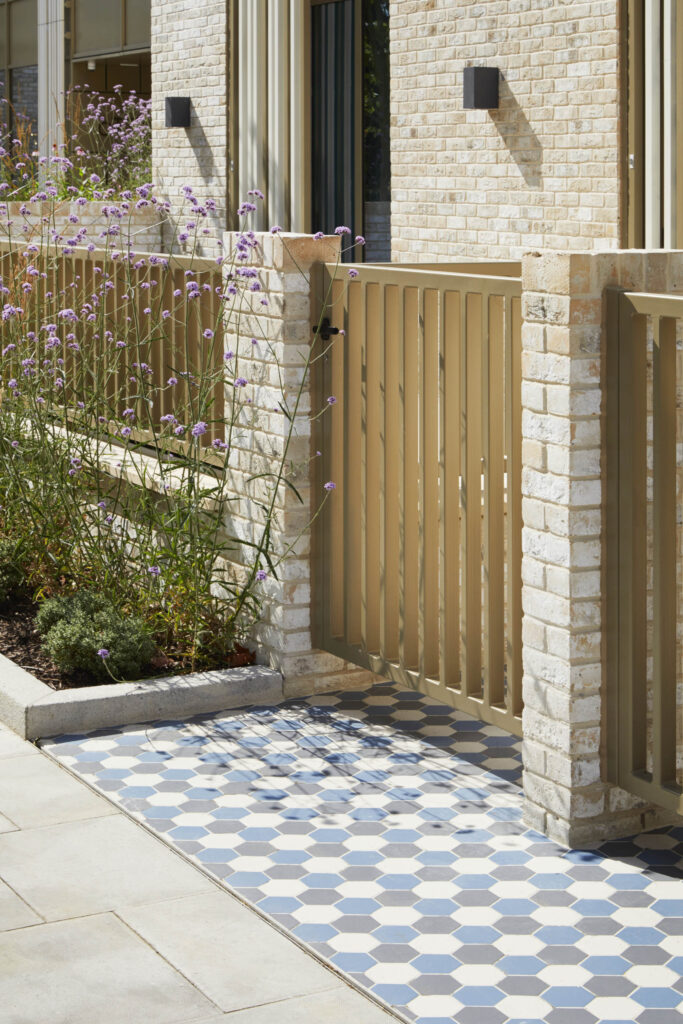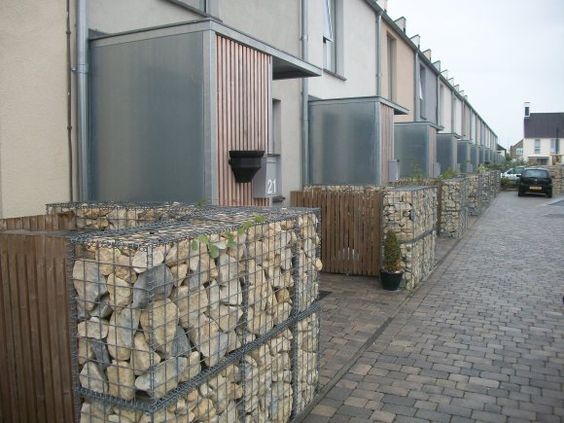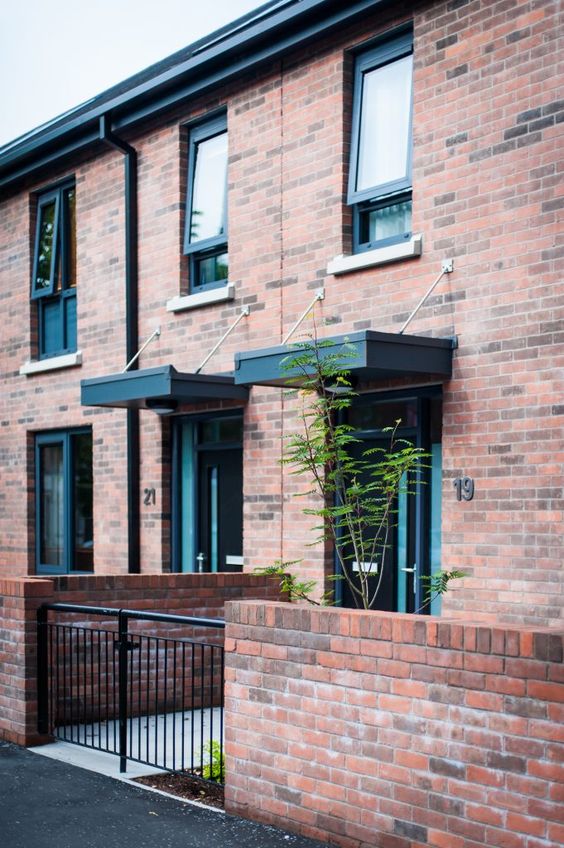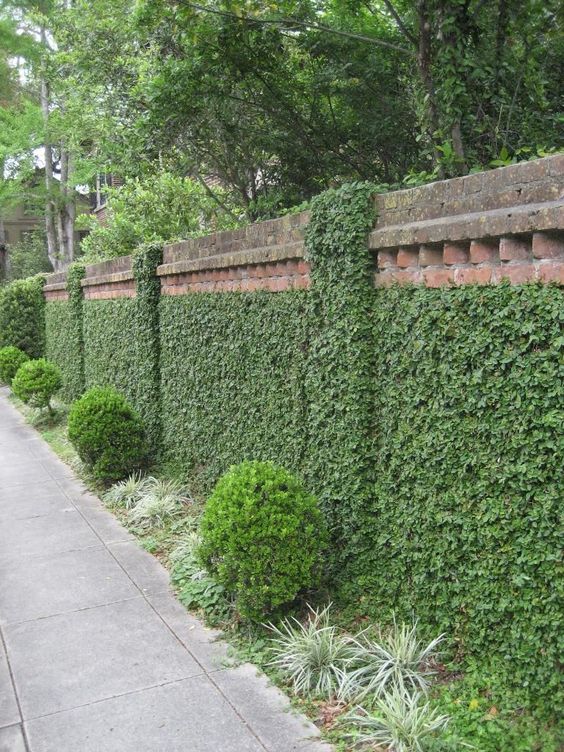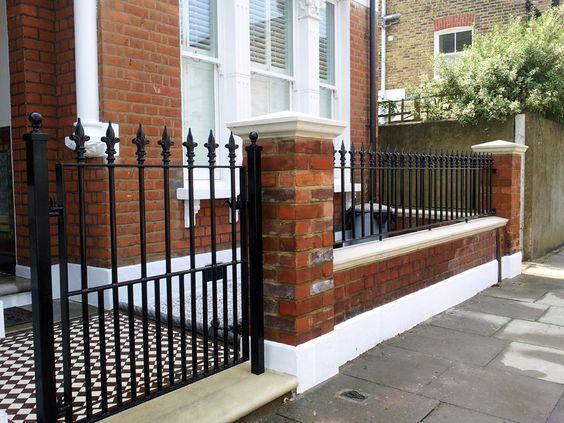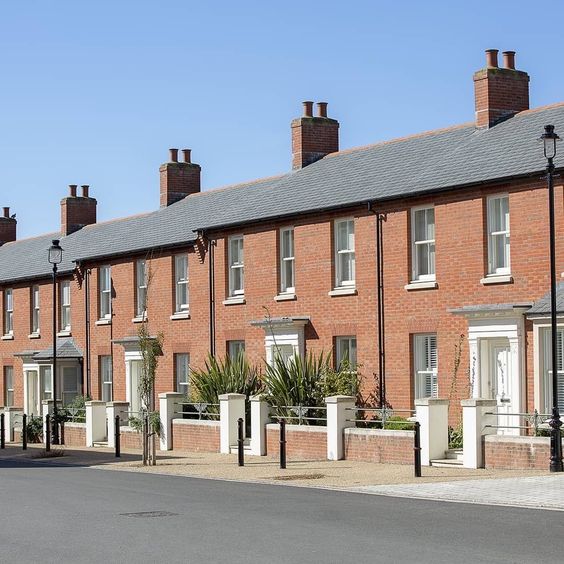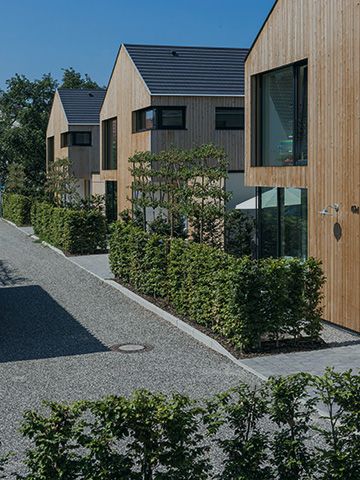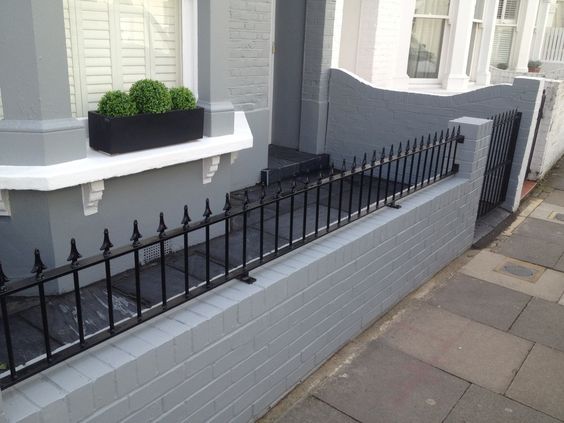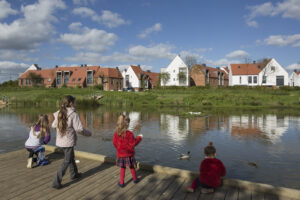
Derwenthorpe
Derwenthorpe by Studio Partington for Joseph Rowntree Foundation Derwenthorpe was one of the first large-scale low carbon communities in northern England. Its ‘green’ heating and
Drainage and SUDsSuDS are a natural approach to managing drainage in and around properties and other developments. Sustainable drainage measures are ones which avoid adding to flood risks both at a development site and elsewhere in the catchment by replicating natural drainage processes. SuDS work by slowing and holding back the water that runs off from a site, alleviating flooding and allowing natural processes to break down pollutants. More
Embracing ecology and biodiversity as a core component of the development process has never been more important. Biodiversity net gain (BNG) is intended to deliver measurable improvements for biodiversity by creating or enhancing habitats in association with development. It seeks to make sure habitat for wildlife is in a better state than it was before development.
The Council is committed to delivering Borough-wide biodiversity enhancements. This can be achieved on all development sites and at all scales. Safeguarding existing habitat and priority species is fundamental. Delivering ecological enhancements is now a pre-requisite.
Whilst BNG requirements are set out in legislation, and national and local policy, all opportunities to incorporate biodiversity enhancements into developments on site must be taken. Trafford’s landscape-led approach seeks to ensure that well-designed places integrate existing, and incorporate new natural features into a multifunctional networkIn landscape and nature, a multifunctional network integrates existing, and incorporates new natural features which support quality of place, biodiversity and water management, and addresses climate change mitigation and resilience. More that supports quality of place, biodiversity and water management, and addresses climate change mitigation and resilience; they prioritise nature so that diverse ecosystems can flourish to ensure a healthy natural environment that supports and enhances biodiversity; and they provide attractive open spaces in locations that are easy to access, with activities for all to enjoy, such as play, food production, recreation and sport, so as to encourage physical activity and promote health, well-being and social inclusion.
Best practice guidance
Applicants must demonstrate that the proposed scheme has optimised opportunities to integrate and enhance existing and incorporate new natural features into development sites that support biodiversity net gain at the neighbourhood street and individual plot level.
The design process should fully acknowledge the ecological baseline of the site and demonstrate an understanding of the wider ecological context. Applicants should look at opportunities to deliver BNG on site as part of a landscape-led approach. The design process must then embrace the successful delivery of long-term ecological enhancement.
Applicants should demonstrate in their submission how this element of the Code has been complied with.
Documents required as set out in Application Validation Checklist and should include:
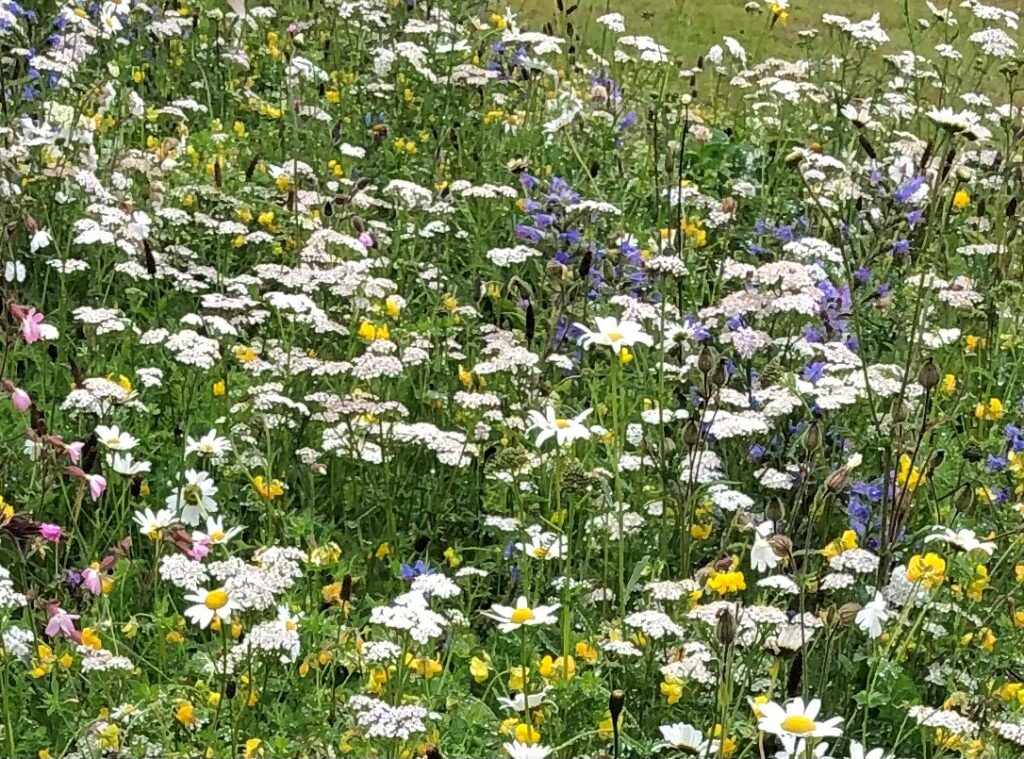
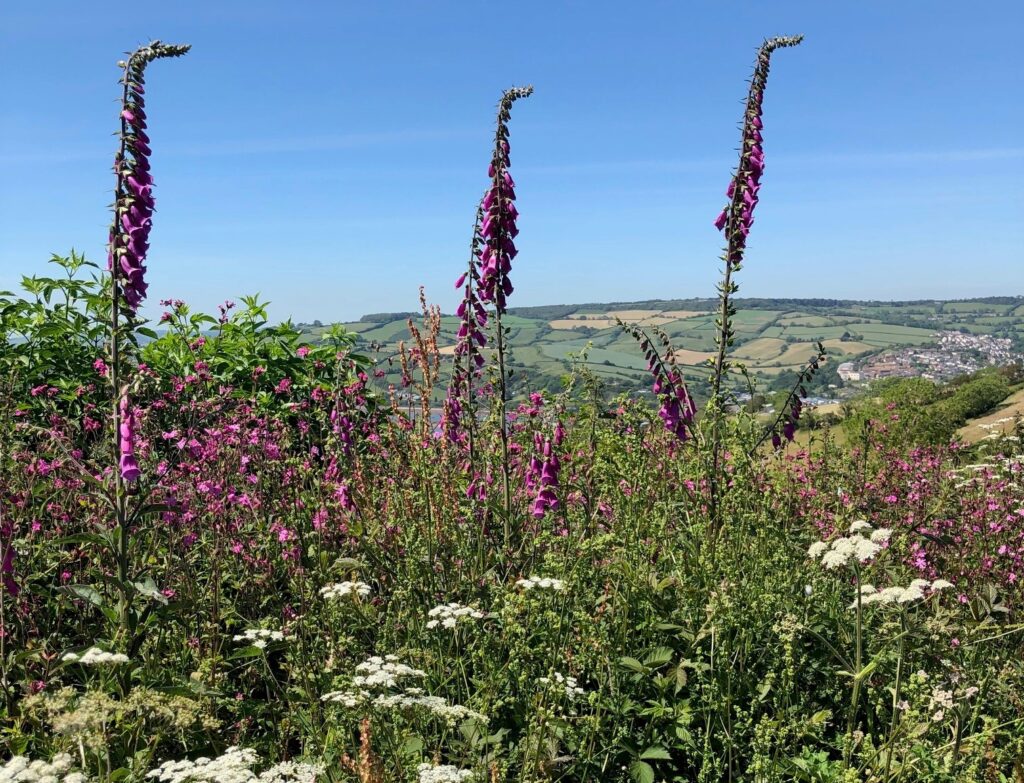
BNG solutions will embrace a full range of measures that will be required to inform a well-considered landscape response to the site. Biodiversity protection and enhancement can be delivered in a multitude of ways and will layer up with other aspects of the Design Code.
Biodiversity enhancement can be delivered alongside considerations including:
Healthy soils will be a vital component of a healthy landscape and nature.
At the outset of the design process, a baseline site appraisal of existing habitats, biodiversity value and the presence of protected species should be undertaken by a suitably qualified Ecologist.
This preliminary baseline assessment and report must establish:
This baseline report should inform the design for the site before work on the design has commenced to avoid commercial pressures inhibiting a good design approach to a site.
This baseline report must be submitted with the application and evidence should be presented at the application submission stage to demonstrate how this information has fed into the design layout for the proposed development.
Additional report(s) will then also be required to demonstrate how any identified ecological constraints can be safeguarded or mitigated and how opportunities for ecological enhancement have been achieved. Refer to the Trafford Validation Checklist for further validation requirements.
An Ecological Protection and Enhancement Plan must be prepared with any planning application submitted. This plan and associated method statements must also take into account the practicalities of the construction stage.
This will include:
For single dwellings, the submitted information will be modest in its extent, but still demonstrate how ecological enhancement will be achieved (e.g. wildlife-friendly fencing, bird and bat boxes within buildings, tree/shrub/hedge planting and species).
For larger or more complex schemes, this must be a comprehensive suite of proposals, prepared by a suitably qualified Ecologist to confirm that the site will deliver positively for nature. This should be in plan form with accompanying schedules, method statements and management regimes clearly set out.
It is expected that management schemes will not require harmful pesticides or herbicides, except where clearly necessary, for example, in the removal of invasive species.

Derwenthorpe by Studio Partington for Joseph Rowntree Foundation Derwenthorpe was one of the first large-scale low carbon communities in northern England. Its ‘green’ heating and
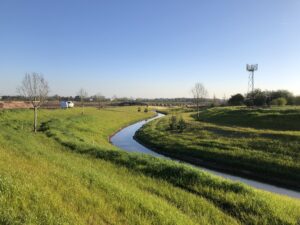
The Airfields, Deeside Sitting at a low level, with marginal falls, and alongside the river Dee, this former Airfield site was developed through a landscape-led
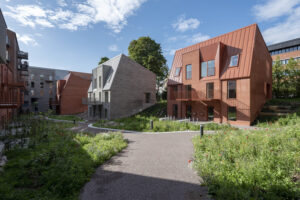
Aarhus residence, Denmark by CEBRA when designing these new apartment buildings in aarhus, denmark, CEBRA architecture began with one of the most important spaces for a community: the
